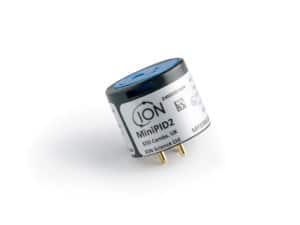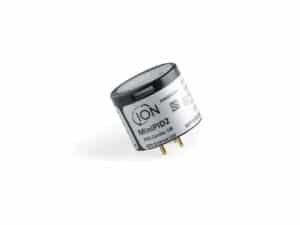
What Are Aromatic Gases?
Aromatic compounds that are produced can be highly toxic
Many volatile organic compounds (VOCs) are hazardous to human health, with several classified as carcinogenic i.e. capable of causing cancer in humans. One particular group of VOCs, referred to as aromatic hydrocarbons or simply ‘aromatics’ because of their sweet, pleasant smell are of particular interest because of their widespread use.
Monitoring Aromatic Gases
Aromatic chemical compounds produced by oil refineries and petrochemical plants form the building blocks for numerous important materials including dyes, detergents, solvents, adhesives, plastics, synthetic rubbers, and pharmaceuticals.
The effects on worker’s health depends upon how much they are exposed to and for how long and, as with other organic solvents, the immediate effects of a single exposure to a high concentration (hundreds of ppm) e.g. from a fugitive process leak, include headache, tiredness, nausea, dizziness and even unconsciousness if the exposure is very high (thousands of ppm) meaning an acute safety incident. Long term, lower level exposure can lead to chronic diseases such as cancer.
In the following guide you will learn about the key points below;
- Aromatic Gases
- Fugitive Emissions
- Considerations For Fixed Systems
- ‘Must Have’ Features
- Effective Of High Humidity
- Solving The Problem Of Humidity
”Aromatic chemical compounds produced by oil refineries and petrochemical plants form the building blocks for numerous important materials including dyes, detergents, solvents, adhesives, plastics, synthetic rubbers and pharmaceuticals. But the aromatic compounds produced in these process environments such as benzene, toluene and xylene isomers are also highly toxic capable of both short term acute safety issues (headaches, dizziness, and potentially unconsciousness) and longer term chronic illnesses including cancers.
Environment Protection Agency (EPA)
Fugitive Emissions
During normal operations, leaks can occur from pumps, valves, flanges, storage tanks or during loading and unloading. According to the US EPA, valves and connectors account for more than 90% of emissions from leaking equipment and there are hundreds of pieces of equipment.
Consideration For Fixed Systems
The choice of UV lamp, central to the PID’s measurement depends on the application. A lamp can only detect those compounds with ionisation energies (IE) equal to or below that of the lamp. Thus, a 10.6 eV lamp can measure Methyl Bromide with an IE of 10.5 eV and all compounds with a lower IE, but cannot detect methanol or compounds with higher IE. When only one compound is present, one can use any lamp with enough energy, often the standard 10.6 eV lamp which has a lower cost point and has a long working life of up to a few years. Using a fixed aromatic detector can be the perfect solution.
‘Must Have’ Features
- have a high ingress protection (IP) rating against dust and water
- have a high level of intrinsic safety approval
- require no operator intervention during normal use
- have real or near-real-time continuous monitoring with industry-standard 4-20mA and/or MODBUS outputs
- have hi-visibility, color-coded visual alerts to warn people entering the area
- be maintainable in situ, without the need for a hot work permit or having to remove power
- be immune to condensing and non-condensing high humidity
Download our FREE Guide
“Monitoring Aromatic Gases”
The monitoring aromatic gases guide which can be downloaded below provides the reader with an in-depth balance of knowledge on ways to monitor aromatic gases and the common issues that you may encounter within these types of industries that Aromatic gases are likely to be present. As they are highly toxic, a fixed detection system is worth considering to reduce health risks.













